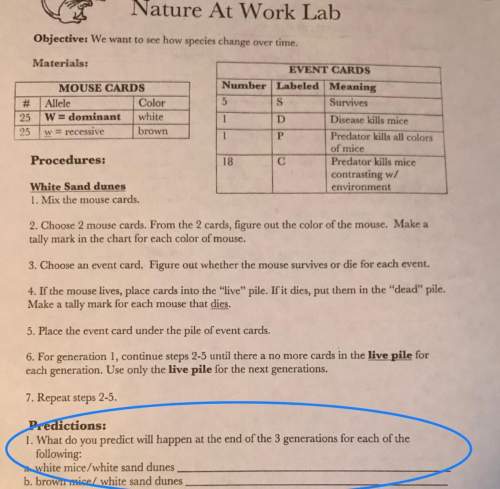Can someone help me
My area is Florida
Do Internet research to find out the latitude of your...

Can someone help me
My area is Florida
Do Internet research to find out the latitude of your area.
Also, find out the climate of the area in which you live. Describe it.
In which hemisphere do you live?
Describe the climate in this hemisphere. Is it the same climate as at your latitude? How is it different? Why?
List examples of the landforms and other characteristics of your area that help influence the climate.
Display what you've learned in the form of a digital poster. Your poster should show your location with latitude as well as the various influences on the climate in your area, such as wind, altitude, latitude, and oceans. If you wish you can include interesting facts about the climate you learned from other people.
8. You may wish to do an Internet search for "free digital poster tools" to find a cool tool to show your results. If you aren't sure if the tool you want to use qualifies, check with your teacher.
Before you begin, take a look at the rubric to make sure you understand how to create an excellent digital poster.

Answers: 3
Another question on Biology

Biology, 22.06.2019 07:30
Climate warming trends allow plant and insect species to inhabit larger ranges. select the best answer from the choices provided
Answers: 2

Biology, 22.06.2019 09:10
Explain the cellular functions that occur when antibiotics attack a bacteria cell. a. antibiotics target the cell wall, cell membrane, and the processes of protein and nucleic acids production in bacteria to rupture the cell. b. antibiotics create dormant resistant endospores to preserve the genetic material and rupture the cell. c. antibiotics target the cell wall and form a bridge-like connection to form conjugation. d. antibiotics use binary fission to grow twice its size, replications its dna, and split into two cells.
Answers: 2

Biology, 22.06.2019 17:00
Your sense of touch depends upon: a. direct contact b. heat chemical c. reactions d. pain
Answers: 2

Biology, 22.06.2019 17:30
Ms. w, a 21-year-old woman, came into a clinic after suffering a deep laceration on her foot while walking barefoot around her yard. the wound was cleaned, sutured, and bandaged, and she was released to return home after receiving tetanus antitoxoid. within 72 hours, the wound area was red and swollen, the suture line was dark in color, and it was accompanied by severe throbbing pain. ms. w had a high fever, her heart felt like it was racing, and she was finding it hard to concentraten even on simple tasks. she returned to the clinic and was immediately taken to the hospital. following lab tests, a diagnosis of acute necrotizing fasciitis was made. discussion questions 1. explain why ms. w. received a tetanus antitoxoid before leaving the hospital. (see chapters 3 and 4, infection and passive immunity.) 2. explain how acute necrotizing fasciitis developed in this case and the pathophysiology involved. (see acute necrotizing fasciitis.) 3. what is the potential outcome for ms. w if antibiotic drugs do not reduce the infection quickly?
Answers: 3
You know the right answer?
Questions























